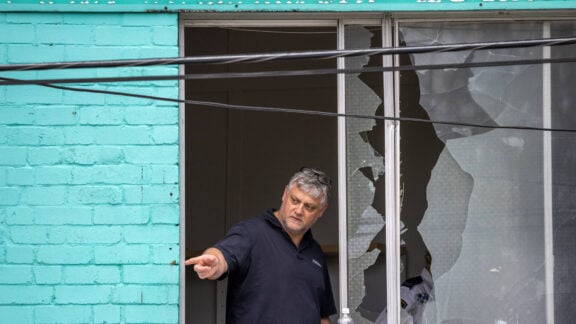A new international study has found that Australia has one of the highest breast cancer incidence rates globally, yet mortality rates are decreasing.
The study, conducted by the University of Sydney, the University of Queensland, and Alberta Health Services in Canada, analysed breast cancer cases across 185 countries, revealing that one in 20 women worldwide is diagnosed with the disease, while one in 70 is likely to die from it.
High incidence in Australia and New Zealand
“Although breast cancer remains one of the most significant cancers affecting women globally, its burden is not evenly distributed,” the study stated.
Findings showed that incidence rates were highest in Australia and New Zealand. According to the National Breast Cancer Foundation, one in seven Australian women and one in 556 men will be diagnosed with breast cancer during their lifetime. On average, 58 Australians receive a breast cancer diagnosis every day.
Dr Jason Gurney, an epidemiologist at the University of Otago, noted that breast cancer is the most commonly diagnosed cancer among women in Australia and New Zealand.
He attributed the high detection rates to well-established national screening programs and the proactive approach of women seeking medical attention for symptoms like lumps.
Declining mortality rates
Despite the high incidence, the study found that breast cancer mortality rates in Australia and New Zealand have been steadily declining, decreasing by 2.1 per cent annually.
This aligns with a World Health Organisation (WHO) initiative aiming to reduce global breast cancer deaths by 2.5 per cent per year.
Professor Nehmat Houssami, a public health expert at the University of Sydney and co-author of the study, suggested that various factors contribute to Australia and New Zealand’s high diagnosis rates, including an aging population and prevalent risk factors.
“Less commonly known risk factors for breast cancer include alcohol consumption, low physical activity, and postmenopausal obesity,” she said.
“We need to better support women in addressing these modifiable risks.”
Global disparities in breast cancer outcomes
The study identified Malta, Denmark, Belgium, Switzerland, Lithuania, the Netherlands, and Slovenia as the only seven countries on track to meet the WHO’s breast cancer mortality reduction target. However, mortality rates have declined in 30 other countries.
Dr Houssami highlighted stark global inequalities, noting that less affluent countries with underdeveloped healthcare systems experience significantly worse breast cancer outcomes.
“A woman diagnosed with breast cancer in a lower-middle-income country is more likely to die from the disease than her counterpart in a high-income nation,” she explained.
By 2050, new breast cancer cases are projected to increase by 38 per cent, while deaths are expected to rise by 68 per cent, disproportionately affecting countries with lower human development index (HDI) scores.
The study emphasised the urgent need for investment in early detection and treatment access in lower-income nations, warning that disparities are expected to widen further.
Published in Nature Medicine, the study was peer-reviewed and funded by institutions including the Canadian Institute of Health, University of Calgary, Alberta Children’s Hospital Foundation, Alberta Health, The Susan G. Komen Foundation, The National Health and Medical Research Council, and The National Breast Cancer Foundation.








